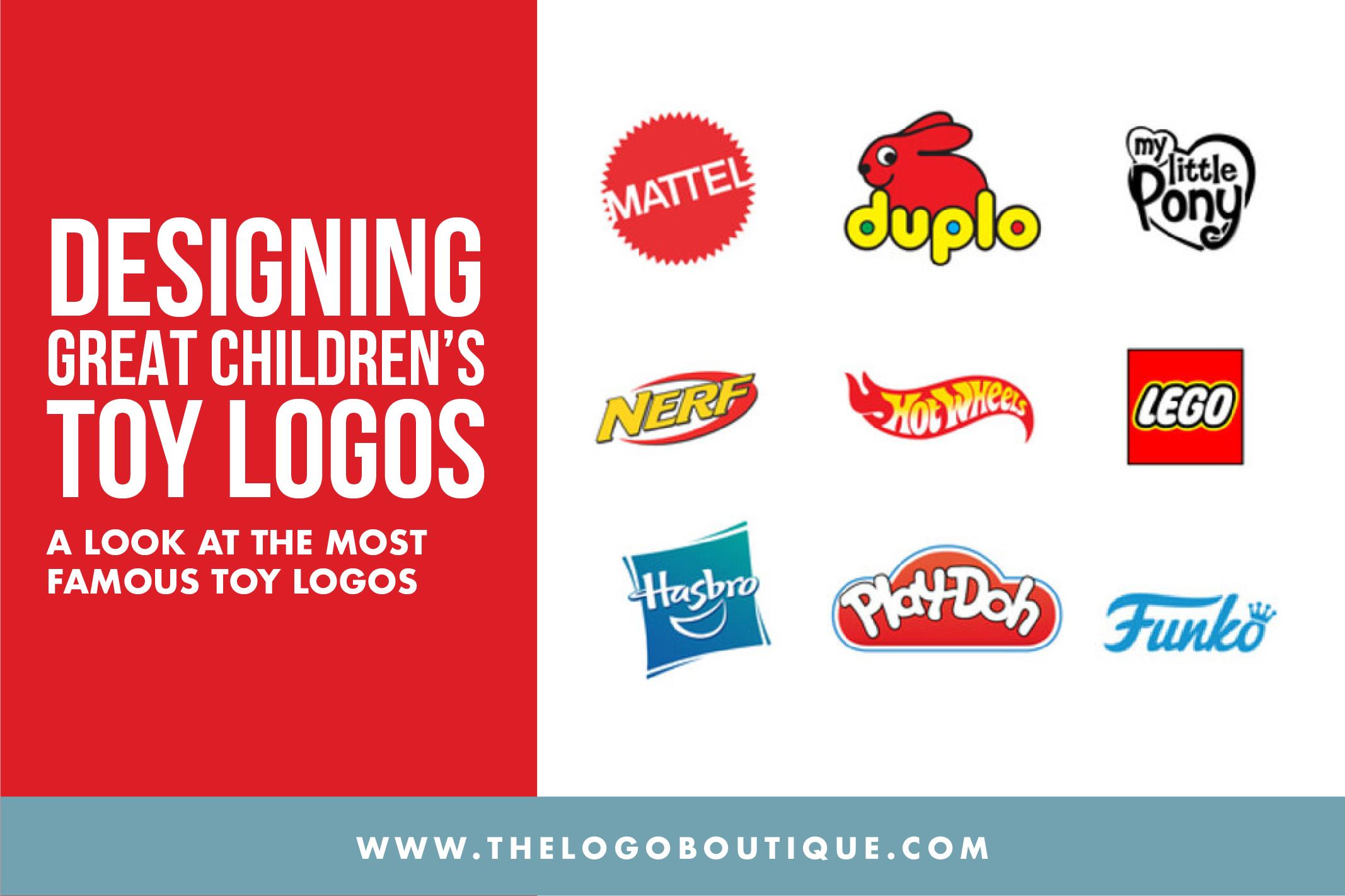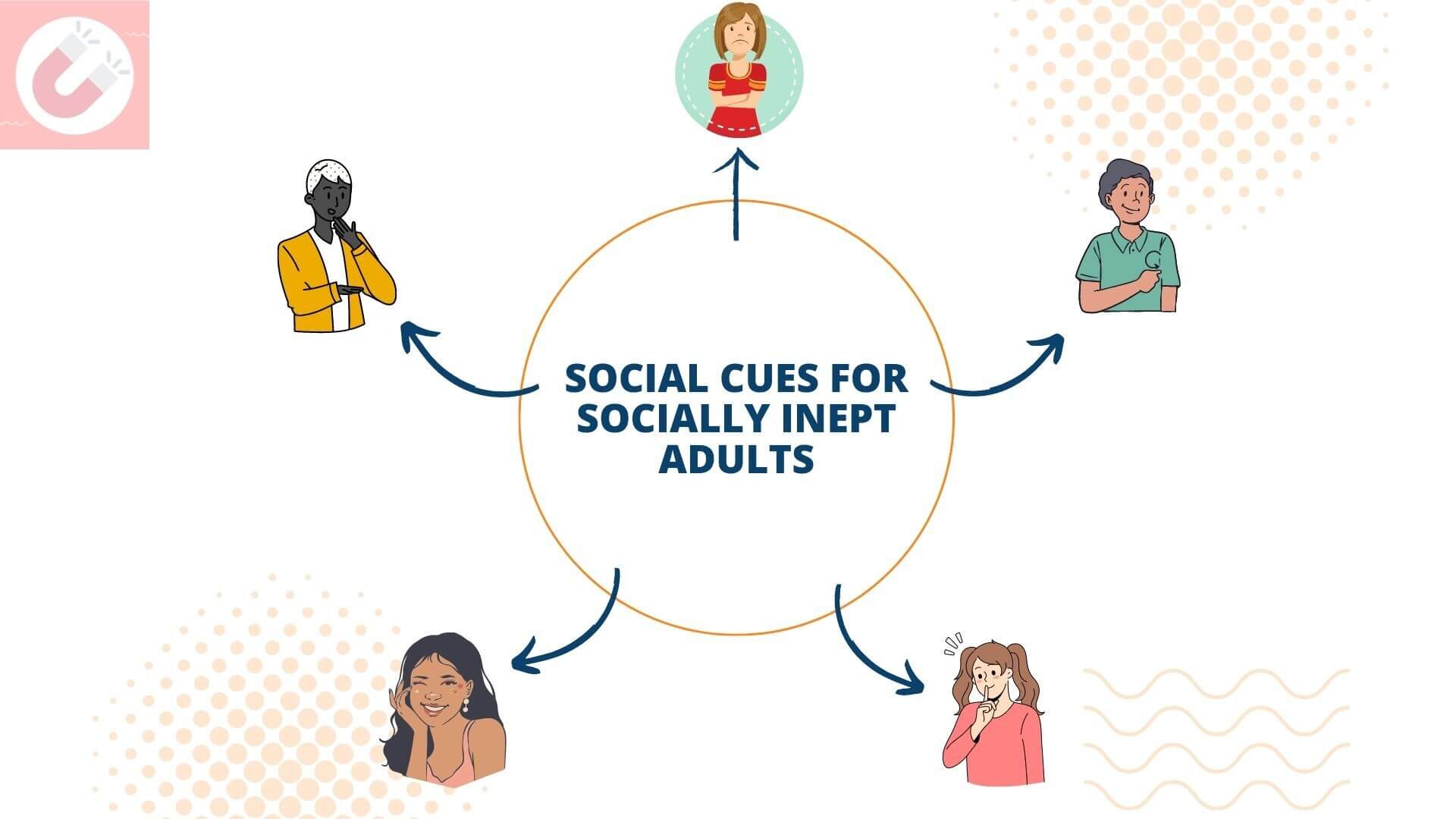
Welcome to the world of children’s logo design, where finding the perfect tone is as crucial as getting that elusive high score on their favorite video game. While adults may debate the merits of minimalist versus maximalist aesthetics, kids simply want to be wowed by colors that pop and graphics that make them smile. So how do we strike the right note and create logos that speak directly to our pint-sized critics? Let’s dive in and uncover the secrets of perfecting children’s logo tone, one playful design at a time.
Understanding Your Target Audience
So you want to understand your target audience, huh? Well, grab a seat and let me break it down for you in a way that even your grandmother would understand.
First things first, you need to do some good old-fashioned detective work. Put on your Sherlock Holmes hat and get ready to sleuth your way into the hearts and minds of your target audience.
- Stalk them on social media: Follow them, like their posts, and see what makes them tick.
- Conduct surveys: Ask them the hard-hitting questions like “What keeps you up at night?” or “Do you prefer cats or dogs?”
- Hang out where they hang out: If they love knitting, join a knitting circle. If they love birdwatching, grab a pair of binoculars and join them in the bushes.
Once you’ve gathered all your intel, it’s time to put on your psychologist hat and analyze it. Look for patterns, trends, and common themes among your target audience. Are they all cat lovers? Do they all hate Mondays? Use this information to tailor your marketing efforts in a way that speaks directly to them.
Establishing Brand Identity Through Tone
Have you ever stumbled upon a brand that just makes you want to throw confetti in the air and scream “I LOVE YOU!” in the middle of a crowded street? That’s the power of brand identity through tone, my friends. It’s like finding your soulmate, but in the form of a company logo.
So how can you establish your brand identity through tone? Well, first things first, you gotta figure out who you are as a brand. Are you quirky and fun? Professional and sophisticated? A little bit of both? Whatever it is, own it like a boss. Don’t be a chameleon trying to be everything to everyone. Be the flamingo in a sea of pigeons.
Next, think about how you want your audience to feel when they interact with your brand. Do you want them to feel like they’re at a party where everyone knows their name? Or do you want them to feel like they just stepped into a sleek, minimalist art gallery? Write down some adjectives that describe the vibe you’re going for and let that be your North Star.
And lastly, don’t forget to sprinkle a little personality into everything you do. Whether it’s a social media post, an email campaign, or a billboard ad, make sure your brand’s voice shines through like a beacon of awesomeness. People don’t just buy products or services, they buy into a feeling. So make sure your brand tone oozes personality like a fresh tube of toothpaste. Bold, shiny, and ready to take on the world.

The Impact of Tone on Children’s Perception
Have you ever noticed how children are like mini detectives, picking up on every little tone shift in your voice? From high-pitched excitement to low-toned warnings, the way you speak can have a huge impact on how kids perceive the world around them.
According to recent studies, the tone of your voice can greatly influence a child’s emotional understanding and response. So, if you want your little ones to feel happy and secure, it’s time to brush up on your vocal skills.
Here are some ways tone can affect children’s perception:
- Positive tone: A cheerful voice can make kids feel loved and supported, boosting their self-esteem and confidence.
- Negative tone: On the other hand, a harsh or critical tone can leave children feeling anxious and insecure, affecting their behavior and relationships.
- Neutral tone: While it’s important to be genuine in your tone, a neutral voice can sometimes be misinterpreted as indifference or lack of interest by kids, leading to miscommunication.
So, next time you talk to your little one, remember that the tone you use can shape their perception of the world. Speak with love, kindness, and a touch of humor, and watch how their outlook brightens up!

Strategies for Developing the Perfect Logo Tone
When it comes to creating the perfect logo tone, it’s important to remember that what you say is just as important as how you say it. Here are some strategies to help you develop a tone that hits all the right notes:
1. Know your audience: Before you start designing your logo, take some time to really get to know your target audience. Are they young and hip? Or maybe more traditional and conservative? Understanding who you are trying to reach will help you tailor your tone to resonate with them.
2. Keep it simple: Sometimes less is more when it comes to logo design. A cluttered logo with too much going on can overwhelm your audience and dilute your message. Stick to a simple, clean design and let your tone shine through in the messaging.
3. Inject some personality: Don’t be afraid to inject some personality into your logo tone. Whether it’s playful, professional, or quirky, infusing your logo with a bit of personality will help it stand out from the crowd and make a lasting impression.

Testing and Adjusting Tone for Maximum Effectiveness
When it comes to , you want to make sure you’re hitting all the right notes. Here are a few tips to help you fine-tune your tone:
- Experiment with different styles: Try out different tones, from casual to formal, to see which one resonates best with your audience.
- Ask for feedback: Don’t be afraid to seek input from others to see how your tone is coming across. You might be surprised by what you learn!
Remember, tone is all about striking the right balance between being engaging and respectful. You want to grab your audience’s attention while still maintaining a level of professionalism. So, don’t be afraid to have a little fun with it!
And lastly, always be willing to make adjustments as needed. If something isn’t working, don’t be afraid to switch things up. After all, tone is a key ingredient in effective communication, so it’s worth taking the time to get it just right.
Incorporating Feedback to Fine-Tune Your Message
So, you’ve put your heart and soul into crafting the perfect message, but that doesn’t mean it can’t be improved upon! Incorporating feedback is like adding a little sprinkle of magic dust to make your message truly shine. Here are some tips on how to fine-tune your message based on the feedback you receive:
Feedback is like a gift – unwrap it with enthusiasm and see what treasures lie within. Don’t be afraid to dig deep and analyze the feedback you receive. Look for patterns and common themes to identify areas where your message may need some tweaks. Remember, feedback is not a personal attack, but rather an opportunity for growth and improvement!
Once you’ve pinpointed areas for improvement, it’s time to get down to business. Take a good look at your message and consider how you can make it even better. Maybe it’s tweaking the wording to make it more impactful, or restructuring the content to flow more smoothly. Don’t be afraid to experiment and try new things – sometimes the smallest changes can make the biggest difference!
Finally, don’t forget to test out your refined message on a fresh set of eyes. Share it with friends, family, or colleagues and see how they respond. Take their feedback into consideration and make any final adjustments as needed. Remember, Rome wasn’t built in a day – refining your message takes time and effort, but the end result will be well worth it!
FAQs
What exactly is logo tone and why should we care about it?
Logo tone is like the personality of your brand. It’s the vibe you’re giving off to your audience. Think of it like picking out an outfit for a first date - you want to make a good impression, right? Just like you wouldn’t wear a clown suit to dinner, you don’t want your logo tone to send the wrong message to potential customers. It’s all about making sure your brand is speaking the same language as your target audience. So essentially, if you want your brand to be the life of the party, you better make sure your logo tone knows how to break it down on the dance floor.
How do I figure out what tone is right for my children’s brand?
First things first, think about who you’re trying to reach. Are you targeting toddlers, teens, or those tricky tweens? Once you’ve got your audience in mind, think about what kind of message you want to send. Are you aiming for funny and playful, or sophisticated and highbrow? Play around with different tones and see what feels right. And if all else fails, just ask an actual child – they’re like tiny branding experts in snack-stained overalls.
Can I switch up my logo tone as my brand grows?
Absolutely! Just like real kids, your brand is allowed to grow and change over time. Maybe you started off as a cool skateboard brand for teens, but now you want to appeal to the baby boomer skateboard crew – that’s totally fine! Just make sure to give your customers a heads up if you’re making a major tone switch. You wouldn’t want your loyal teenage fans showing up to a skate park meet-up only to be surrounded by retirees in orthopedic sneakers, would you? Accidental bingo nights are nobody’s idea of a good time.
How do I know if my logo tone is hitting the mark with kids?
The best way to know if your logo tone is resonating with the younger crowd is to ask for feedback. Kids are brutally honest, so if they’re not feeling your vibe, they’ll let you know. You can also keep an eye on how kids are interacting with your brand - are they sharing your content, engaging with your social posts, or having meltdowns in the toy aisle over your latest product? All signs point to success! Just remember, the key to nailing your logo tone is to stay true to who you are as a brand while still speaking the language of kids today. It’s a delicate balance, like trying to juggle flaming torches while riding a unicycle - but hey, nobody said branding was easy!
Sign off in Style
As we wrap up this musical journey into perfecting children’s logo tone, remember to always strike the right chord with your young audience. Let your creativity flow like a catchy tune and watch as your designs hit all the right notes. So go forth, brave designers, and rock on with your logos! Until next time, stay sharp and keep on harmonizing those brand messages. Catch you on the flip side!











